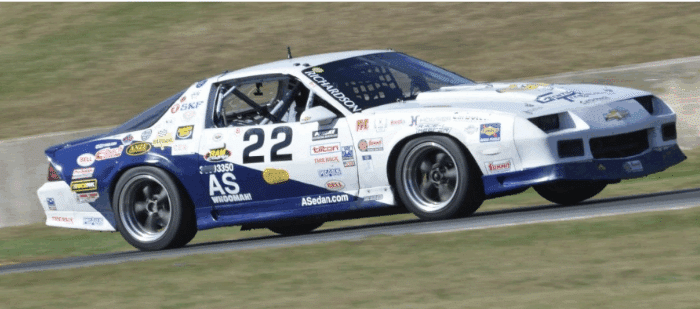Several weeks ago, I was talking with a Customer of similar age and experience, someone I have known for many years and, as often happens among seniors, the sorry state of modern existence was the topic. As the nostalgia waned we agreed that our grandfathers probably had a similarly dim view of the years of our youth and that our dismal current times will almost certainly be remembered by our grandchildren as their heaven on earth fifty years hence.
The conversation, if not the subject, then returned to manual transmissions. I ventured that a not insignificant segment of the ‘muscle car’ transmission market believes that either the gearboxes of that era, the Warner T10, General Motors ‘Muncie’, the Ford ‘Top Loader’ and Chrysler A833, were perfect designs or, at least, are so perfectly embedded in fond memories that any attempt to apply the benefits of a half-century’s technological advancement to them was heresy.
To which he responded, “The stone age didn’t end because they ran out of stones.”
Living in the past is comforting. There’s a place for it, too. Restoring an automobile is one way to turn back the clock. Manufacturing parts that duplicate the original feed that desire. But no one wants the clock turned back on quality. Those ‘Muscle Car Era’ parts were manufactured before numerically controlled machining, from less clean steels, heat treated less consistently, and casually inspected. Today we all agree that improvements that can’t readily be seen are acceptable and even desirable.
The ‘Muscle Car Era’ was also defined by a thirst for power and brute performance, so it is in keeping with the spirit of that time that the quest for bigger power, for the iron Detroit shipped and for the hot rods they inspired, continues today. Here is where we have a problem. The laws of physics and the ease with which monster power is available today collide in our gearboxes. To be sure, the better manufacturing, the better steels, the better heat treatment, and the more thorough inspection have increased the strength and durability of today’s original equipment reproductions, but only in a modest way, nowhere keeping pace with the increased demands we now place upon them. To narrow this gap, it is necessary to update the design of the gearbox in more substantive and frequently visually obvious ways. This path is the path AutoGear has taken and why we refer to our updated and much changed ‘Muncie’ replacements as ‘Syracuse’ transmissions, as far and as identifiably removed from General Motor’s classic design as that design is from the Warner T10 that preceded it.
I suppose my friend would say that we have entered the bronze age. But, as he pointed out, for those unwilling to follow there are still plenty of stones.
George

